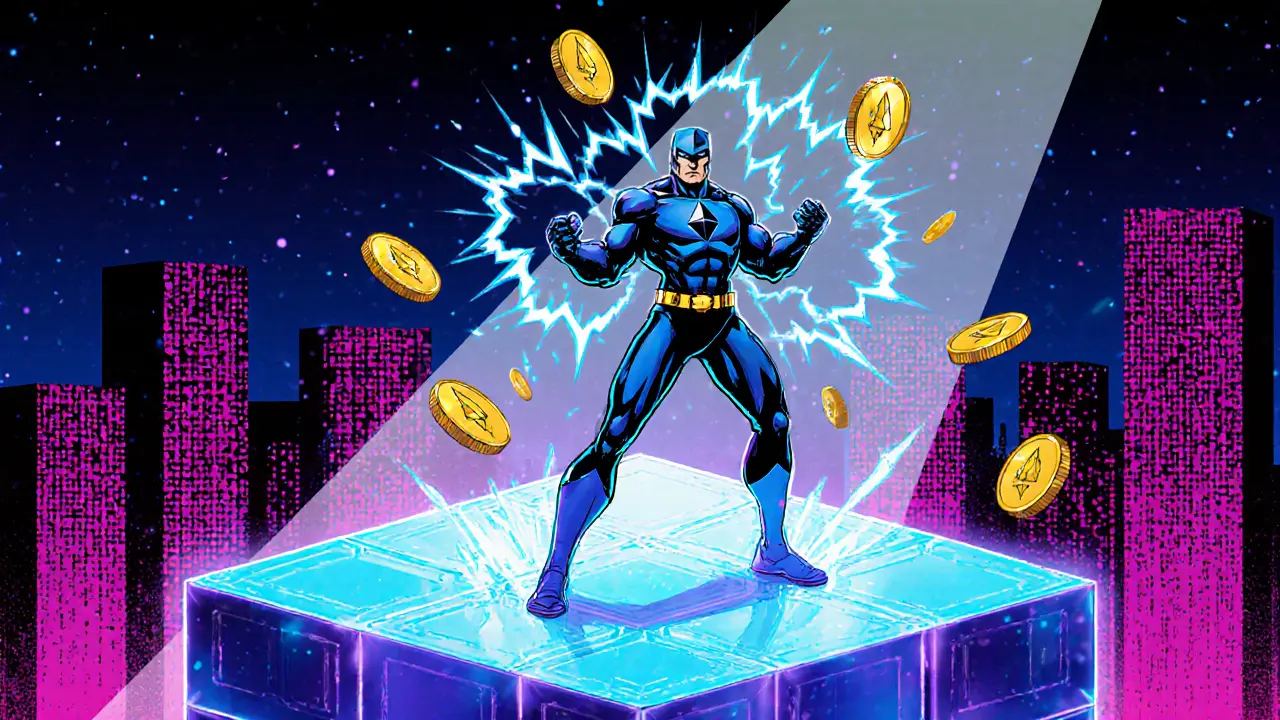Gas Fees Explained: What They Are, Why They Matter & How to Lower Them
When working with gas fees, the small amounts of cryptocurrency you pay to get a transaction processed on a blockchain. Also known as transaction fees, they are the price for using network resources. Understanding gas fees is essential because they directly affect the cost of sending money, swapping tokens, or interacting with smart contracts. Ethereum the leading smart‑contract platform that introduced the gas model ETH pioneered this system, so most of what you hear about gas comes from its ecosystem. Layer 2 solutions off‑chain scaling methods that batch transactions to cut fees L2 scaling aim to reduce the amount you spend by moving work off the main chain. When the network congestion the state when many users compete for block space, causing fees to rise high demand periods spikes, gas fees can surge dramatically, sometimes reaching $50 for a simple transfer. In short, gas fees encompass transaction costs, require awareness of network congestion, and can be mitigated by Layer 2 solutions. This relationship forms the backbone of everyday crypto use.
How to Keep Gas Fees Under Control
The amount you pay hinges on three main factors: how busy the network is, how complex the operation is, and how much you are willing to bid for priority. During peak times, users who attach higher gas prices win the race to be included in the next block, pushing everyone else’s cost up. One practical tip is to time your moves for off‑peak windows—late evenings UTC often see lower demand. Another shortcut is to switch to a Layer 2 bridge; many DeFi platforms now let you deposit assets to an L2 chain, where the same action can cost a fraction of the main‑net fee. You can also trim the gas limit you set, but be careful not to set it too low, or the transaction will fail and you’ll lose the fee anyway. Some wallets now display real‑time fee estimates and let you choose “economy” or “fast” modes, which automatically adjust the price based on current congestion. Finally, consider alternative chains with cheaper gas, like Binance Smart Chain or Polygon, especially for routine swaps. By combining timing, L2 use, fee‑optimizing wallets, and chain selection, you can keep gas expenses predictable and often well below the headline‑grabbing spikes.
All of these ideas tie back to the core concept of gas fees and show why staying informed matters. Below you’ll find a curated set of articles that explore related angles—South Korea’s crypto tax rates, how mining difficulty stabilizes block times, the impact of underground markets on fees, and more. Whether you’re a trader looking to shave dollars off each swap or a developer tuning smart‑contract efficiency, the posts ahead give concrete data, real‑world examples, and actionable steps. Dive in to see the full picture and start managing your transaction costs like a pro.

How Ethereum Smart Contracts Work: A Beginner’s Guide
A clear guide explains how Ethereum smart contracts work, covering the EVM, Solidity, gas fees, deployment steps, oracles, token standards, limitations, and best practices.
August 19 2025